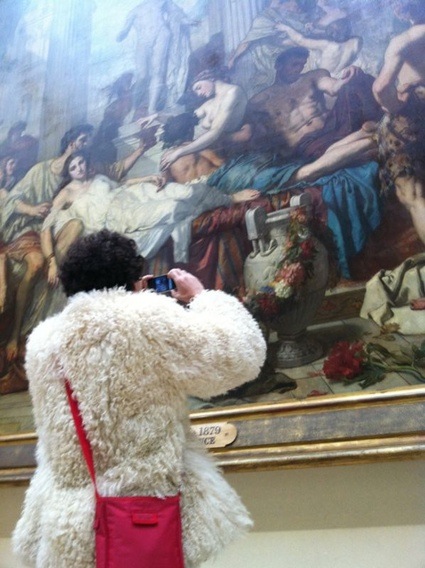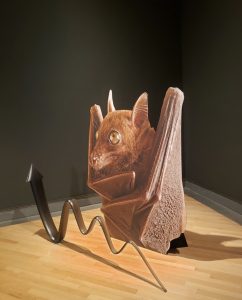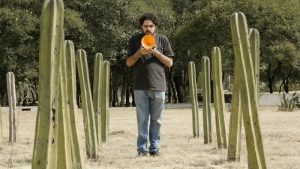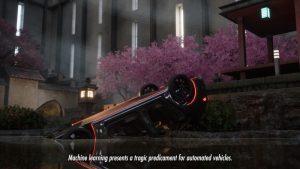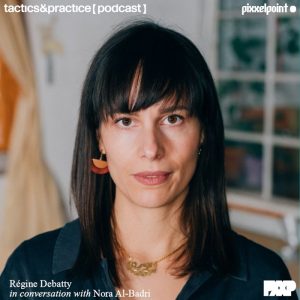A few months ago, the Musée d’Orsay in Paris decided to ban photographs of the artworks and of the inside of the building, allegedly ‘to preserve the comfort of visitors and the safety of the artworks.’
OrsayCommons is a performance pro-photo, pro-remix and pro-public domain at the Musée d’Orsay that civilly and cheekily protests against what its participants call “a measure not only at odds with our times but also illegitimate since it concerns public heritage.” The Louvre tried to impose a similar ban in 2005 but had to lift it soon after. Taking pictures is allowed at MoMa. Even the venerable British Museum recognized, as the NYT puts it, that if you can’t beat ’em, join ’em and started collaborating with wikipedia this year.
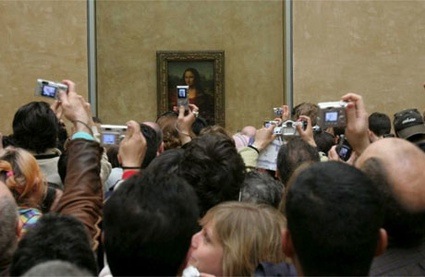 Photograph: Lydie/EPA (via The Guardian)
Photograph: Lydie/EPA (via The Guardian)
OrsayCommons invites people to leave a protest message on the Museum’s online guest book, follow #OrsayCommons on twitter but also participate to a series of action-performances where visitors would meet in the museum, take photos within its walls and upload them on flickr, Twitter or Facebook.
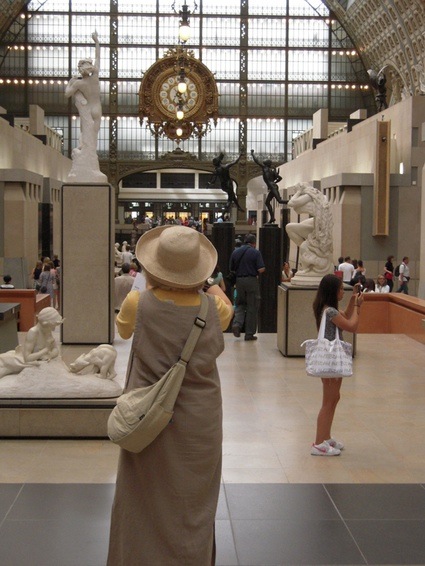 Photo © Bernard Hasquenoph (via Louvre pour tous)
Photo © Bernard Hasquenoph (via Louvre pour tous)
I found the action of OrsayCommons important because matter how imperfect they are, the pictures that visitors have taken themselves bear an emotional charge that no postcard bought at a museum shop can ever replace. But also because OrsayCommons finds echoes in my professional life (details at the end of this post if ever you’re interested*.) I therefore asked the ever-stylish Julien Dorra who participated to the first OrsayCommons action to tell us about the experience:
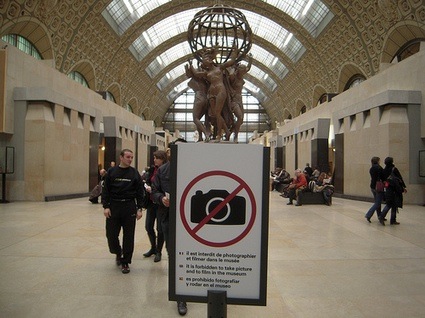 Image lelouvrepourtous.fr
Image lelouvrepourtous.fr
How did the first OrsayCommons action go?
We were precisely 10 people! The security team of the museum easily outnumbered us.
Considering that the call was made anonymously just 5 days before and that we asked people to be there at 11:30 am on a cold Sunday morning, not knowing if there will be something at all, it’s a very encouraging first step :-)
There is two aspect to OrsayCommons. The first one is being there, in the museum. Taking pictures and sending them out in the cloud.
And the second aspect is what happens when we send these photos in the cloud. We like to picture it as an aura of phototographs, radiating from the museum, escaping from it via 3G mobile networks.
That small aura of photographs, generated by only 10 people, made a lot more people talk, exchange, tweet, and write about the role of the museum, the place of photography, the importance of the public domain, etc.
In fact I was totally amazed that the conversation lasted more than a week, and still last, about an action that in itself lasted only 1 hour.
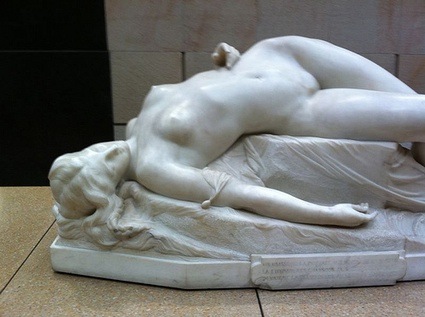 Image by Samuel Bausson
Image by Samuel Bausson
Did you take openly the pictures or was it more of a covert action?
We took the pictures totally openly. That’s the whole point of the action, actually.
OrsayCommons is not about the result, it’s more about the process, the act of photographing itself. We see it as a valid way to relate to a place like a museum, a valid, enriching and productive way.
How did the guardians react when you insisted on keeping on taking pictures? Did you discuss with them? Did they find your action surprising?
Well, the guardians were coming to us as we were walking in the museum, telling us that «taking pictures is forbidden».
So we generally answered something like: «Yes, we know. That’s exactly why we are here taking pictures».
And, of course, they were totally puzzled by that answer, and didn’t really know what to do. Then of course we started talking with them, explaining the action.
Which the manager following us didn’t like at all : we heard her expressly asking employees to not talk with us.
Was there any official reaction from the museum? the press?
We got some press in a very small circle of museum bloggers, professionals, and consultants.
The Orsay museum knew we were coming, but as we were only 10, they thought it was pretty much a false alarm.
But just wait for OrsayCommons #2 :-)
Any upcoming action in the same or other museum?
Yes, if you are in Paris, please come and join us on Sunday February 6th for OrsayCommons #2
The invitation is here.
Le Musée d’Orsay is free on every first sunday of the month, and we plan to do an OrsayCommons every month.
Your target is mostly public national collections, because the artworks shown there belong to the municipality or the State, hence to citizens. Do you have any take on exhibitions in contemporary art museums? a few years back, i was almost thrown away from the Musée d’Art Moderne in Paris (they are always remarkably rude in that museum) for brandishing a photo camera. Whereas in other contemporary art museums, showing sometimes the exact same exhibition/artworks, visitors are free to take pictures. Is that a situation where OrsayCommons would like to intervene or is it too blurry?
First, OrsayCommons is not a group, it’s a particular collective moment.
So, there is this specific museum, Orsay, with a particularly stupid and unfair rule suddenly banning photography. And doing something was really at first a way to fight back against that stupidity. (and all those ugly signs everywhere in the museum, too)
After the first action, we saw Orsay to be the best place now to start an important debate about: the museum as an open platform; photography as a way to relate to artworks; the conservation/conversation opposition; the visitors as an active participant; the public domain; free as in free entrance, versus free as in free to share.
The fight is so clear at Orsay, everybody hates that ban so much, that it makes our task very easy.
But we believe there is something more general in OrsayCommons.
Depending on the museums, there might be similar actions to conduct, or maybe different actions. We’d love to see more people hacking their favorite museum: organizing pirate tours that the museum don’t offer; printing alternative catalogs; offering better audioguides to download; and, of course, setting up photography workshop in museum that ban photography!
And even better, we’d love to see museums openly embrace being hacked by their visitor — that’s what we call the museum as an open platform.
We think it’s the way museums can join us in the digital culture era, by stopping being only cathedrals, and start being a little more bazaars.
Merci Julien!
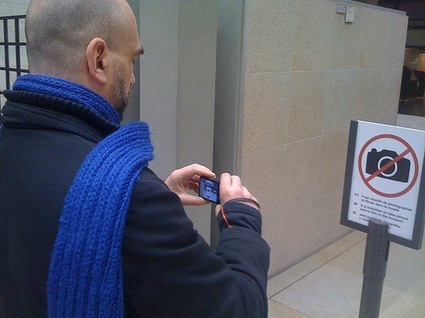 Image by Julien Dorra
Image by Julien Dorra
*My blog consists mainly of a series of reports from cultural events. Most of the times i’m invited to openings, screenings and festivals and usually, i’m allowed to do my job. When i’m not invited, i simply contact the press office to get some images of the show as well as an authorization to take my own pictures. Press people don’t mind that i give the institution or gallery they work for some exposure. Too often however, they not only send me unsuitable press images (showing, for example, artworks exhibited in another context or interactive installations in an empty room), they also forbid me from taking any picture inside the exhibition. I used to adopt a defiant approach. In the past, i’d take pictures anyway and blog about the show. Nowadays, i don’t bother anymore, i simply don’t write about the exhibition. It’s frustrating but not as much as illustrating my report with miserable or unsuitable pictures. Guardians have been instructed to tell visitors that it’s the wish of the artist that no one would take picture of their work, except ‘the press’ (I’ll let ‘the blogs are not press’ insinuation pass). I respect artists and their decision to allow pictures or not, except that when i contact the artist it often turns out that thy don’t have such concern.

